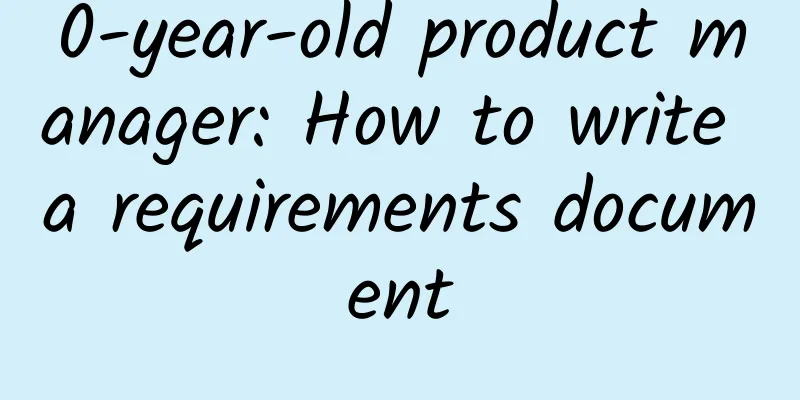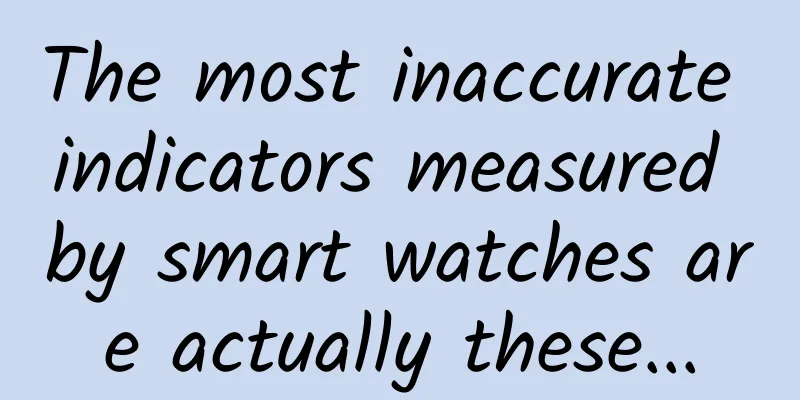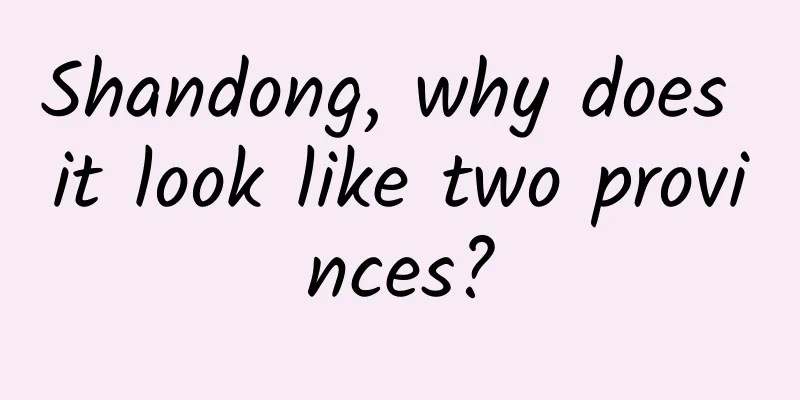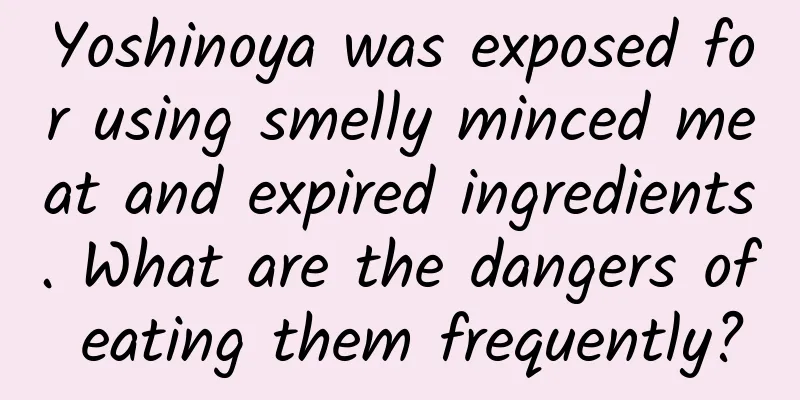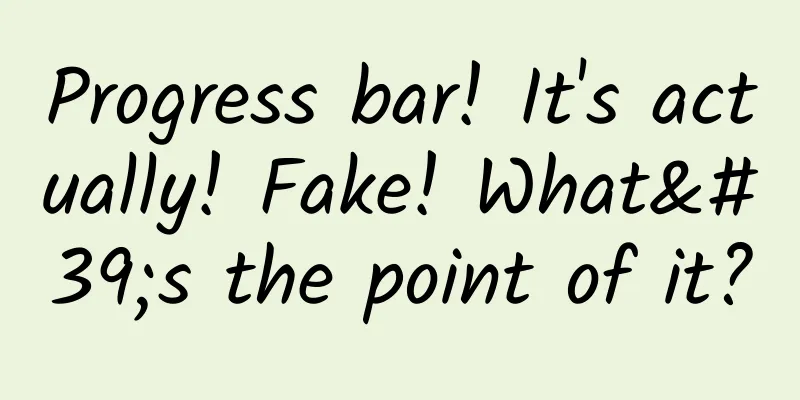Why does a car not start when it comes into contact with vanilla ice cream?
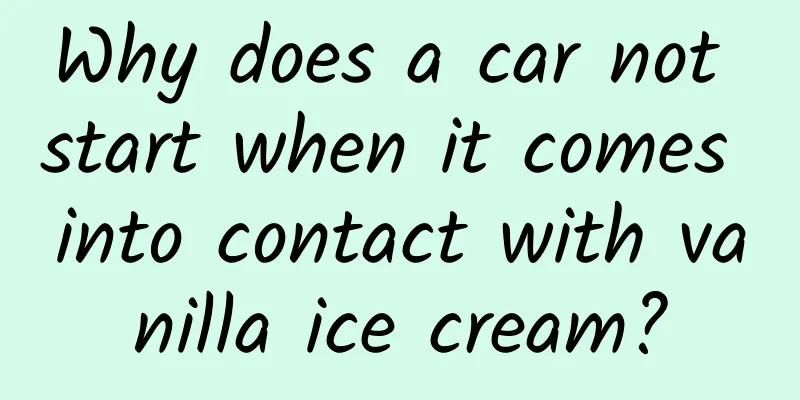
|
A true but somewhat absurd story: A Pontiac car user under General Motors found that whenever he bought vanilla ice cream, his car would not start. So the customer wrote two complaint emails to General Motors, and after sending the second email, he successfully uncovered the mystery of the relationship between cars and ice cream. Image source: Tuchong Creative Customer complaint email This customer's family has a tradition: every night after dinner, the family drives to eat ice cream, and buys different flavors of ice cream every night. But when he went to buy ice cream, he found a problem: whenever he bought vanilla ice cream, the car would not start, but if he bought other flavors of ice cream, the car would start well. Although the manager of the automobile company was skeptical about the authenticity of the matter, he still sent an engineer to investigate the problem. The engineer met the car owner and agreed to go buy vanilla ice cream together. When they arrived at the store and bought the ice cream, they found that the car really would not start. The engineers tried their best to recreate the scene and drove out to buy ice cream for three consecutive nights. On the first night, I bought chocolate flavor, and the car started. On the second night, I bought strawberry flavor, and the car started. On the third night, I bought vanilla flavor, and the car didn't start. What is going on? After careful investigation and analysis, the engineers found that the time spent buying vanilla ice cream was much shorter than that of other flavors. Vanilla ice cream is the best-selling item. It is placed very close to the entrance of the store, so you don’t need to look for it, just pick it up and pay for it. What is the relationship between the purchase time and the car's starting? The engineer checked the customer's car and found the problem of "air blockage". Air blockage usually occurs when the engine is hot. If air blockage occurs in the car's fuel supply system, the fuel supply will become intermittent when the engine sucks fuel, and the car will not start or stall while driving. The Pontiac that this customer bought had a problem with air lock. The time it took to buy other flavors of ice cream was enough for the engine to cool down and the car to start smoothly, but when the customer bought vanilla ice cream, the time was too short and the engine was too hot for the air lock to disappear in time, so the car could not start. The engineers fixed the air lock problem in the customer's car, and the customer never had the problem of his car not starting again, no matter what flavor of ice cream he bought. Most people learn from the story above that sometimes a problem seems unsolvable, but after calm thinking, you will find that it can indeed be explained. If you analyze it in depth from a mathematical perspective, you will find that the story contains a mathematical concept - conditional independence. Learn to think independently and avoid confusion Conditional independence is related to conditional probability. Let me first introduce what conditional probability is. Conditional probability is usually written in the form of P(A|C), which is the probability of event A occurring when event C occurs. For example, on rainy days, people usually take a taxi to work. In this example, C is "rainy day", A is "take a taxi", and P(A|C) is a probability value close to 1 (on rainy days, people usually take a taxi). If we remove the condition that C is a rainy day, P(A) is the probability that you usually take a taxi. Obviously, P(A|C) and P(A) are different. Knowing what conditional probability is, we can give a definition of conditional independence. Mathematically, if event A and event B are conditionally independent of event C, then: P( B|A, C ) = P( B|C ) P(A|B, C) = P(A|C) P(B|A, C) is the probability of event B occurring if both event A and event C occur, and P(B|C) is the probability of event B occurring if event C occurs. This formula tells us that in the case of conditional independence, these two probabilities are the same. This is a bit abstract, so let's take an example: A survey found that whenever London taxi drivers wear jackets, the probability of a car accident increases significantly. Many people speculate that wearing a jacket makes it inconvenient for drivers to operate, thus increasing the accident rate. Later, after careful research, it was found that drivers often wear jackets on rainy days, and the probability of a car accident is high when it rains. In this example, event A is "wearing a jacket", event B is "having a car accident", and event C is the common cause behind the events: "rainy day". The relationship between the three is shown in Figure 7-2. In other words, knowing that it is a rainy day, we can naturally infer that the probability of a car accident is relatively high, and that the driver is wearing a jacket does not actually help us better infer the probability of a car accident. Therefore, there is no causal relationship between the two events "wearing a jacket" (event A) and "having a car accident" (event B), and they are conditionally independent with respect to "it rains" (event C). To sum up, if events A and B are conditionally independent of event C, then knowing whether one of event A or event B occurs does not help us better infer the probability of the other event occurring, given that event C occurs. This is the core idea of conditional independence. Common conditional independence cases in life If one day no one is at home and an electrical appliance catches fire, your neighbors on both sides will probably call the police after seeing it, but they will not ask each other whether they have called the police. In this example, there are three events: Event A "Neighbor A calls the police", Event B "Neighbor B calls the police", and Event C "House on fire". Among these three events, if we know "House on fire", then we can immediately infer that the probability of "Neighbor A calls the police" is very high. Knowing "Neighbor B calls the police" does not help us infer the probability of "Neighbor A calls the police". That is, "Neighbor A calls the police" and "Neighbor B calls the police" are conditionally independent with respect to "house on fire". Let's look at another example of conditional independence: There is an emotion ABC theory in psychology. This is an emotion regulation method proposed by American psychologist Albert Ellis. Here A stands for activating event, which is the indirect cause of the emotion and result C, while the direct cause of result C is the belief B generated by the individual based on the cognition and evaluation of activating event A. (See Figure 7-5) If a primary school student does not study hard enough and does not get good grades, his parents will naturally be very angry. Obviously, not studying hard enough and not getting good grades are the direct causes of the parents' anger. However, after careful analysis, we find that the above reasoning process is not entirely correct. It is possible that children's poor academic performance does not directly make parents depressed. There is another link in the chain of reasoning that makes parents depressed, that is, parents' cognition. Under the premise that "parents' cognition is more comprehensive", knowing "children's grades" cannot help us better infer "parents' reactions". That is to say, "children's grades" (event A) and "parents' reactions" (event C) are conditionally independent with respect to "parents' cognition" (event B). Let’s go back to the problem at the beginning when I bought vanilla ice cream and the car couldn’t start: Event A is "buying vanilla ice cream", event B is "the car cannot start", and event C is "the purchase time is short". The intrinsic reason for "the car cannot start" is "short time for purchase", not "buying vanilla ice cream". Under the premise of the event "short time for purchase", knowing "buying vanilla ice cream" does not help us better infer the probability of "the car cannot start". Therefore, "buying vanilla ice cream" (event A) and "the car won't start" (event B) are conditionally independent with respect to "short time for purchase" (event C). Based on the above examples in life, it is not difficult to see that it is very common for two events to appear to be related but are actually conditionally independent of one another. If you are not aware of this, it is easy to make the mistake of mistaking "correlation" for "causality". Learning the mathematical thinking of conditional independence can help us effectively avoid confusion. The article is produced by Science Popularization China-Starry Sky Project (Creation and Cultivation). Please indicate the source when reprinting. Author: Liu Xuefeng, Associate Professor and Doctoral Supervisor at Beijing University of Aeronautics and Astronautics Reviewer: Deng Qingquan, Associate Professor, School of Mathematics and Statistics, Central China Normal University |
<<: Depression makes you exhausted? Change your perspective and light up your life again!
Recommend
Coocaa P50 TV review: A good product for young people with 4K, MEMC, and HDR10 for only 2,000 yuan
Young people are fleeing from television, which h...
Shi Xuemin - Acupuncture and Moxibustion Tianjin University of Traditional Chinese Medicine 123 Lectures
Shi Xuemin - Acupuncture and Moxibustion Tianjin ...
The “knowns” and “unknowns” about asymptomatic infections
"Asymptomatic infections" have become a...
How does an APP build a user operation system?
I believe that my colleagues in the Internet indu...
What are the functions of the Guangzhou city group buying mini program? How much does it cost to create a group buying mini program?
It has been more than 5 years since the release o...
How to design the "Enterprise WeChat + Mini Program + Live Broadcast" fission matrix
Today I will share with you how to design the &qu...
The distance between you and stargazing experts is just this guide
Loading long image... Source: National Geographic...
Smart products are not a panacea. Home appliance companies should not blindly transform.
The idea of smart home appliances has been prop...
The advertising company’s program logic routine!
What is the general logic of an advertising compa...
More than 2,000 years ago, this "little snake" witnessed the central government's jurisdiction over Hainan.
In the long history of Hainan, there is a preciou...
From the fields to the people's tables, it is the "guardian knight" of pre-prepared meals
Have you ever eaten pre-prepared meals? Do you li...
The sandstorm is coming again! Be especially alert to these major health hazards!
According to the Central Meteorological Observato...
Mumu Children's Photography Course [Good quality and material]
Mumu Children's Photography Course [Good qual...
What should I do if the bidding promotion has clicks but few inquiries?
What should I do if there are clicks but few inqu...
Choose C for all the questions you don't know in the exam. Metaphysics or truth? Forget it...
I wonder if you have ever heard of this kind of m...
